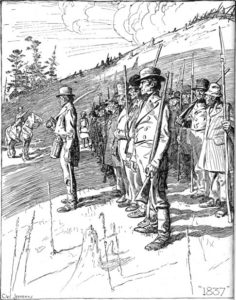
The picture at the right shows some of the men involved in the Rebellion of 1837 in Upper Canada. A rag-tag assortment, aren’t they?
Supposing your father went off to fight in a rebellion. How would you feel? Would you try to change his mind? Or maybe join him? What if he just disappeared and you didn’t know where he was?
That’s the story I write about in my novel REBEL MOON.
Here’s A Time Traveller’s Guide to Life in the 1830s
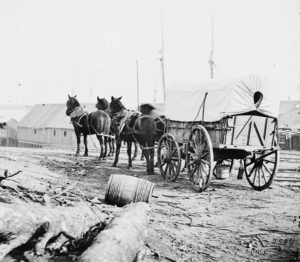 |
1. Need to get somewhere fast? Take a steamboat—if you can afford it. There were no cars, buses, skateboards or bicycles. Farmers and merchants had horses, but the roads were muddy most of the year and wagons got stuck. Most people walked—everywhere. |
|
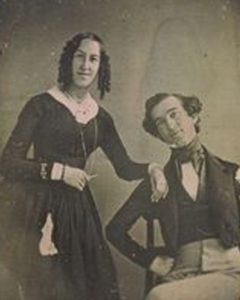 |
2. It’s all about the hair. Wavy hair, moustaches and sideburns were the rage for men. Corkscrew curls were fashionable among wealthy women but a busy housewife would braid her hair and wind it into a bun. She covered it with a cap while she was indoors and a bonnet when she went out. |
|
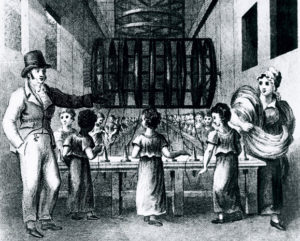 |
3. School was optional. There was no public education in Ontario until the 1840s. The few schools that existed were private. If your parents couldn’t afford the fees, you stayed home and minded the younger children, did household chores, or got a job. |
|
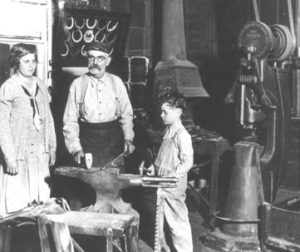 |
4. Even children worked. Five-year-olds scattered seed for the hens, gathered eggs, and herded cows. Boys as young as eleven might apprentice with a blacksmith or a baker or work as a chimney sweep. Girls worked as scullery maids in the homes of wealthy families. |
|
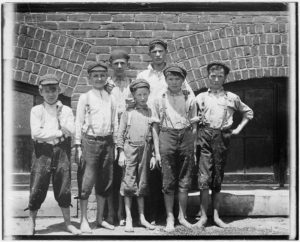 |
5. Mind your step. There was no sewer system, no garbage collection, and horses left droppings in the unpaved streets. Boots were expensive, so poor children often went barefoot in the summer. Watch where you step! |



